
Shaping Arguments on Whether We Face a Severe Shortage of Global Natural Resources
Overview
There are 7.5 billion people in the world today. In little more than 10 years, those who study population trends tell us that there will be 8.5 billion people, and a substantially higher percentage of them will be what Americans would identify as “middle class,” with the concomitant demand for natural resources to support their comfortable lifestyle. A dominant environmental problem of our time is climate change, but there are even more long-standing questions over whether the world is running out or has acute shortages of natural resources (such as water, energy, food) that haven’t gone away just because they have been eclipsed in media coverage and American public consciousness by global warming.
This argument-based project focuses on the issue of global shortages of fundamental natural resources for the world’s population, now and in the near future. This project addresses a set of Next Generation Science Standards, the specifics of which depend on the grade level in which it is implemented, along with literacy standards, such as those in the Common Core. It applies the Shaping Arguments format, which we’ve introduced as a format that can be used for highly accessible, non-academic topics as a means of increasing students’ comfort-level with argument language, forms, and practices, but (as this project demonstrates well) can also be used with standard academic content.
Debatable Questions
These are the debatable questions that will guide this argument-based activity on the world’s natural resources.
Is our world is facing a severe shortage of food?
Is our world is facing a severe shortage of fresh water?
Is our world is facing a severe shortage of energy?

Method and Process
The following are the steps in the process of implementing the Shaping Arguments Project.
(1)
The class should be introduced to the set of debatable questions on natural resources. Provide context for the questions, as needed. Solicit from students two or three argumentative claims that can be made on each side of the questions based solely on what they already know or have heard of the issues.
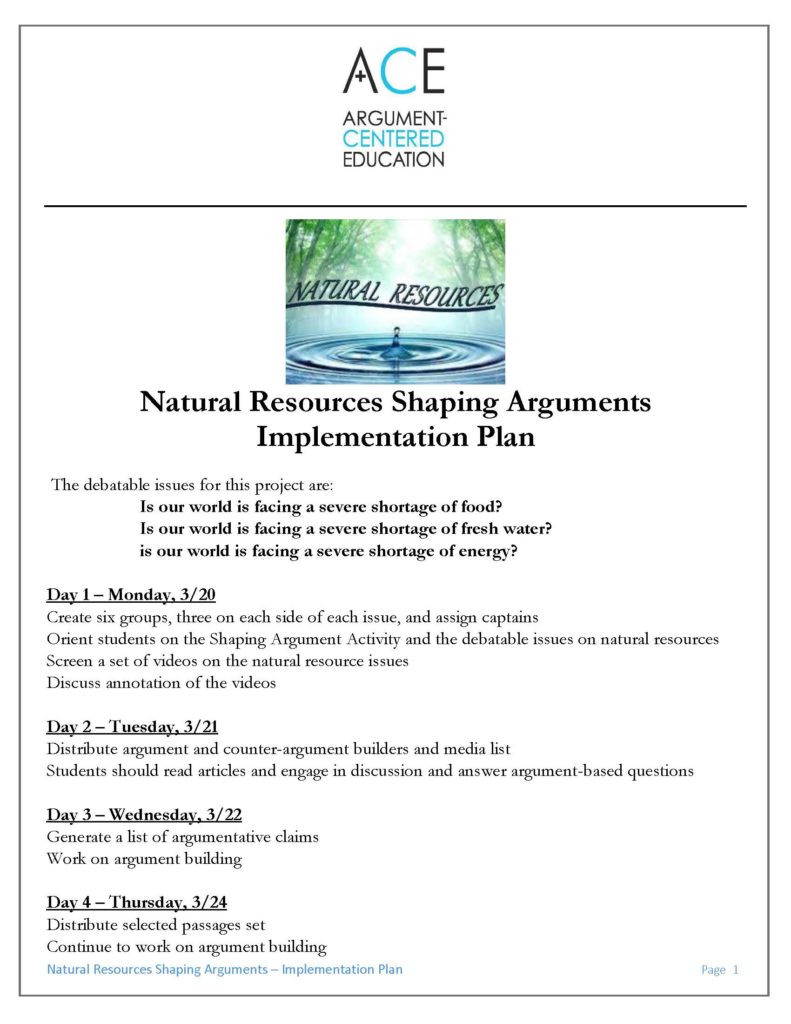
(2)
The class should be divided into six groups, with an affirmative and a negative group for each issue. Assign a captain for each group, who will be responsible for ensuring that the group is ready for the Shaping Arguments activity itself, and will help ensure that all students participate.
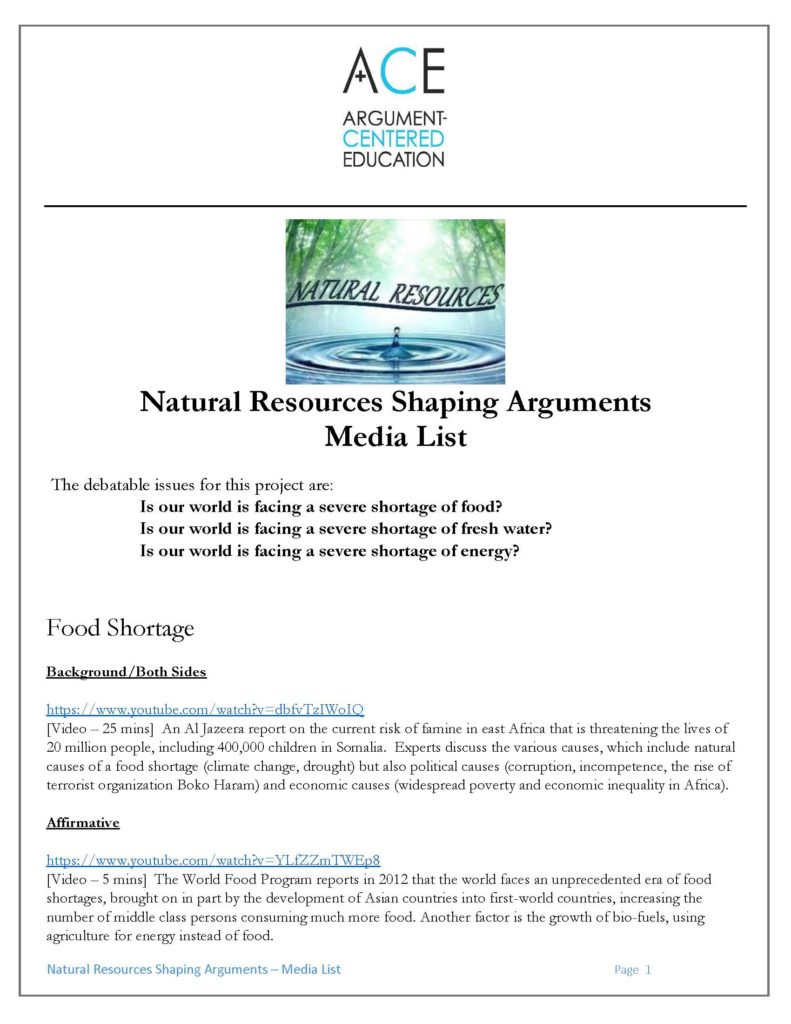
(3)
Introduce students to the issues, using the videos and articles, asking students to annotate, participate in classroom-wide and group discussion, and answer short-response, argument-based questions in writing.
Click below to stream a video on each of three natural resources that are the subject of argumentation in this project: food, energy, and water.
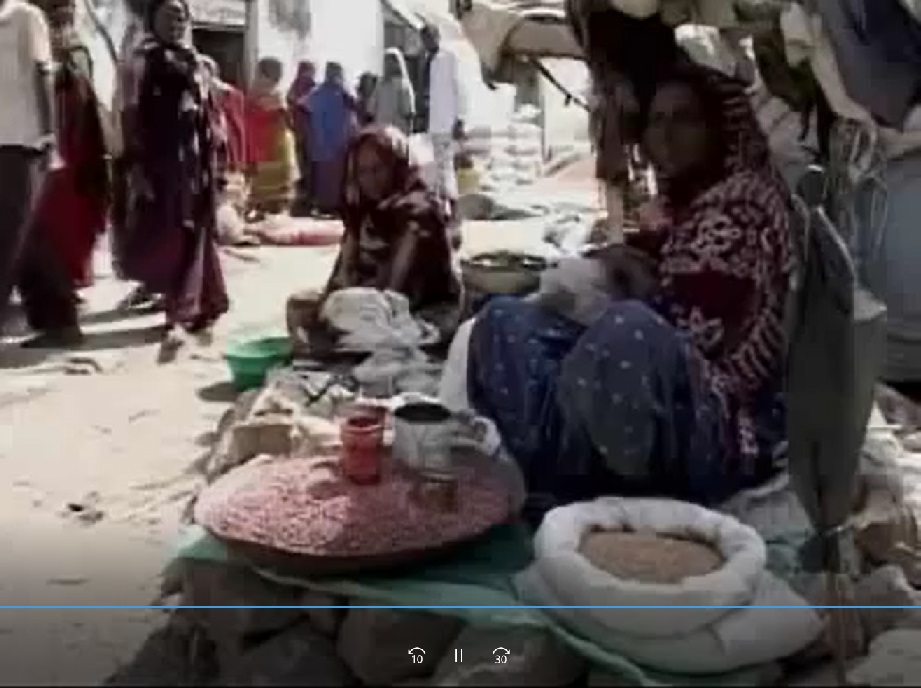

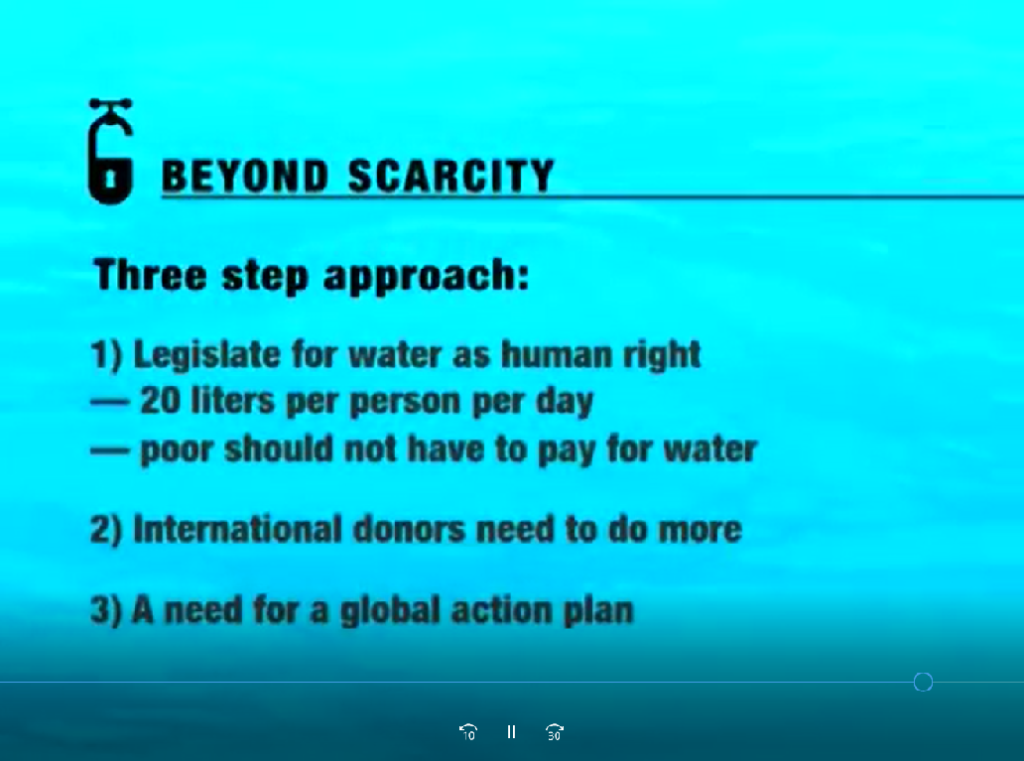 (4)
(4)
Review argumentative claims with students collectively, generating a list of at least five for each side of each of the three issues – so 30 total claims. Discuss the strengths and weaknesses of each. It will be from this list of claims that groups choose for the arguments they build. If necessary, suggest the addition of argumentative claims that can be made from Selected Passages Set.

(5)
Distribute argument builders and counter-argument builders to each group. Also distribute and review the use of the Selected Passages Set. Groups should begin to build three arguments to support their position.

(6)
Collect or review the argument builders in class, providing feedback and suggestions for revision and improvement.
(7)
Post Collected Evidence Anchor Charts and ask that students copy out evidence that they are using in their argument builders to these charts. Students from the opposing group can see what evidence they are planning to use, and therefore they can hone their counter-argument building accordingly.
(8)
Review the format for the Shaping Argument Activity. Each round should last 30 minutes. The format should be:
Arguments and counter-arguments 15 minutes
Rebuttal arguments 10 minutes
Final evaluation and closing statements 5 minutes
(9)
Conduct the Shaping Argument Activity over two days, with two rounds the first day and one round the second day. Have students who are not in a round use the Argument Shaping Response Form to evaluate the argumentation of the other groups.
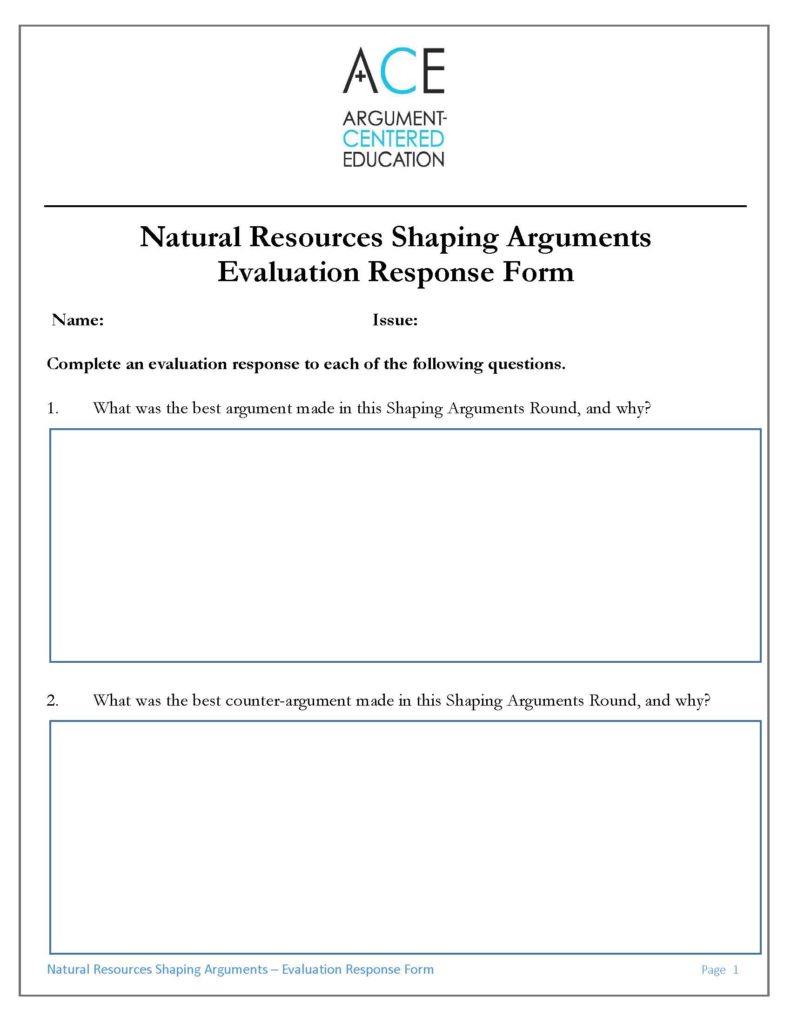
(10)
When the groups are ready to go, begin the activity with the first round on the first debatable question. Call on students, alternating sides (affirmative and negative). Students should speak for 45 seconds or less. No student can speak a second time until every student in their group has spoken once.
(11)
During the round, students can do one of three things. (1) They can make an argument for their side of the debate, or add evidence or backing to an argument their side has already made. (2) They can make a counter-argument to an argument the other side has made. Or (3) they can respond to (i.e., rebut) a counter-argument or another response made in the round.
(12)
Very important: you should track the argumentation on a board or projector for the class. Each side’s argumentation should have its own color – e.g., affirmative in black marker, negative in red marker. And you should use shapes around the argumentation. Arguments should have a circle around them. Counter-arguments and additional responses should have a square or rectangle around them. Also, lines should connect argumentation when it is responsive, and the lines should have an arrow pointing to the argument that is being engaged with and responded to. Only track new, additive argumentation; do not take note of what is repetitive or non-germane. (See the model below for an illustration of shaping arguments by tracking them on a board.) 
(13)
You can offer a verdict on each round by very briefly analyzing the tracked argumentation on the board, noting especially successful uses of evidence or of refutation, and resolving each argument toward an overall choice of one of the sides.
(14)
Conclude the project by having students write an argument essay from an argument writing template.
(15)
Use Argument-Centered Education assessment rubrics for in-class debating and argument writing.


Trackbacks for this post